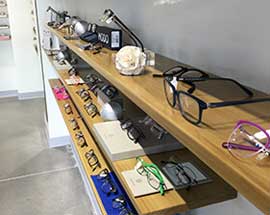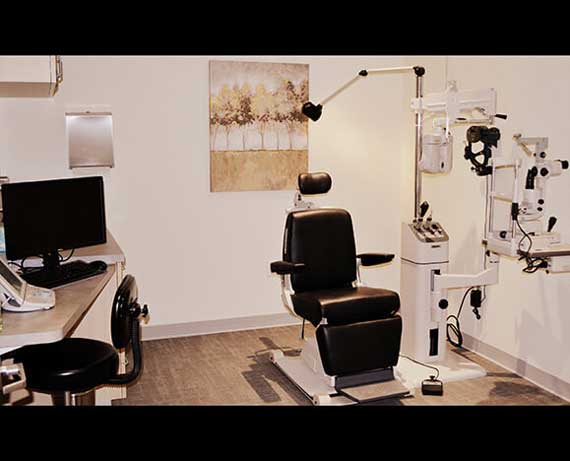Just how important is it to know that your child is seeing as well as everyone else their age? If you are referring to school-age children, then consider the fact that almost 80 percent of classroom teaching is visual. This means that your child could, in fact, be missing out on a lot if there is a problem with their vision.

Warning Signs
Knowing the warning signs of vision problems in children can help you determine if your child needs to have an eye exam. Some of these signs include:
- Rubbing their eyes frequently
- Eyes that produce too many tears
- Unexplained poor grades
- Holding books or electronic devices too close
- Frequently losing their place while reading
- Squinting to see the chalk board
If you notice your child exhibiting any of these behaviors, make an appointment with a trusted Nampa area optometrist. Even if your child has had an eye exam in the last year, it is important to get an eye exam soon after noticing any of the previous warning signs. The more quickly a vision problem is spotted and corrected, the less learning time is lost.
Learning-Related Vision Problems
There are several types of vision problems that negatively affect a child’s learning. The first of these falls into the category of refractive errors. Near and farsightedness and astigmatism are included in this category, and can almost always be corrected by glasses or contacts.
The second type is known as a functional vision problem. These have more to do with the ability to move the eyes correctly. For instance, eyes that do not move correctly with each other may cause a child to experience double vision.
A third type of common vision problems detected in children are called perceptual problems. Being unable to quickly recognize a word that you have learned previously would fall under this category. Dyslexia is the most common learning issue linked to perceptual problems.
If you suspect that your child is having trouble with his or her vision, do not hesitate to make an appointment with your Eagle, ID area eye doctor.




